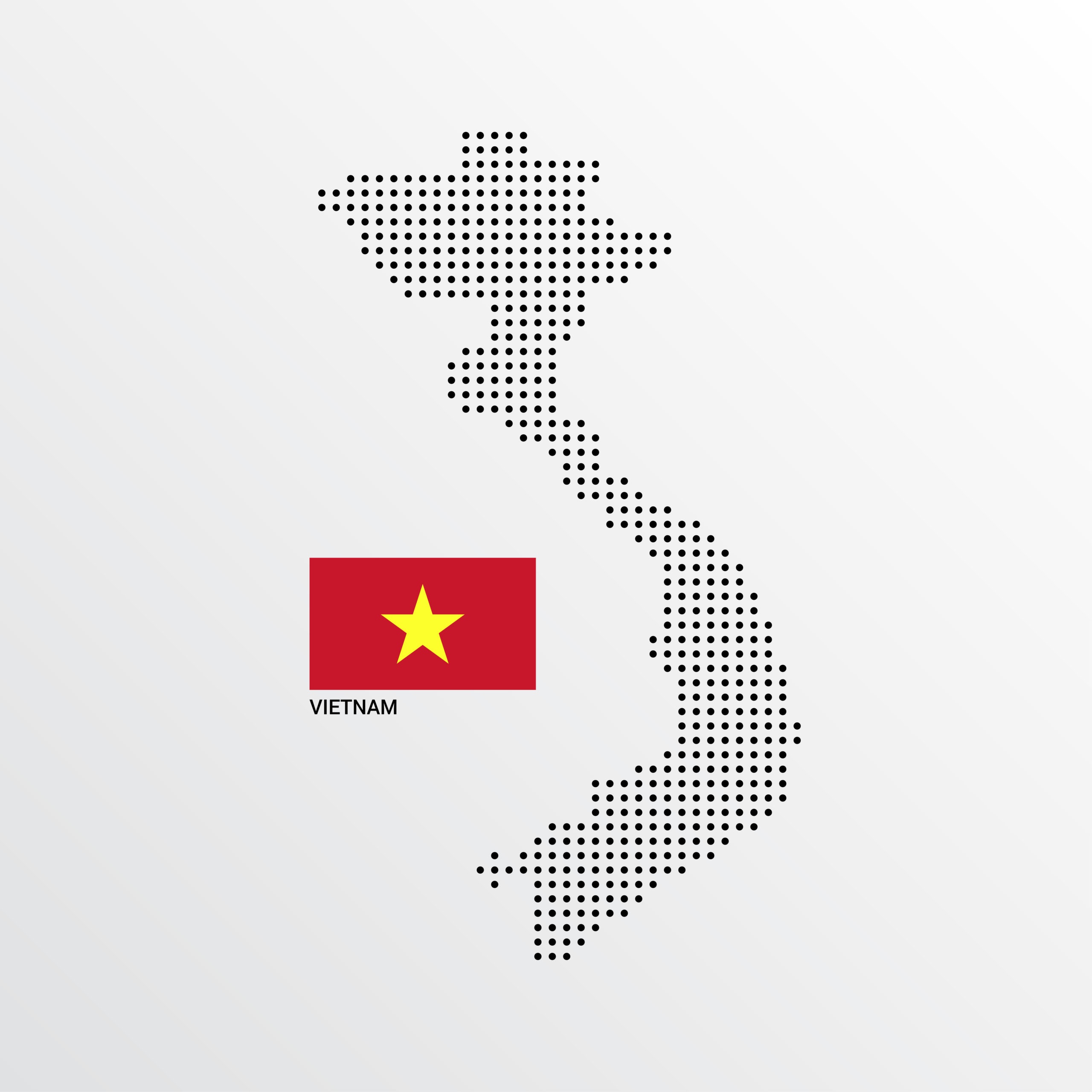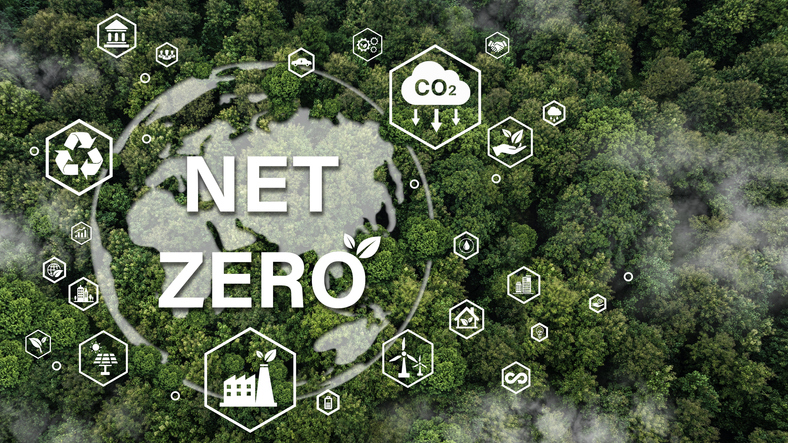[Contenuto in inglese]
The aim of the Energy Outlook Report 2023 is supporting the Vietnamese authorities in planning for the most cost-efficient and affordable pathways to reach net-zero emissions in 2050. To this end, we are implementing fundamental and comprehensive improvements to an advanced energy modelling toolbox. The Vietnamese authorities are already using the toolbox to produce the Report.
We are documenting the development of the models in detail. The objective is to ensure sustainable knowledge and skill transfer to the engagement partners. We are also conducting training for the Electricity and Renewable Energy Authority (EREA) and the Institute of Energy.
The comprehensive improvements and documentation of the energy system models are also carried out to increase the political relevance, trustworthiness, and impact of the analyses produced.
The project is implemented as part of the Partnership Programme between Viet Nam and Denmark.
Scope
Vietnam has been making headways since the first Energy Outlook Report was developed in 2017. The Report introduced the concept of using optimization models for long-term national energy planning. The process of developing the report supported the decision-makers to raise ambitions. In 2021, the third Energy Outlook Report featured a novel Net Zero scenario. The scenario was in alignment with the Prime Minister’s COP26 pledge that Vietnam will target net-zero emissions in 2050.
E4SMA has assisted Vietnamese authorities with developing the energy modelling framework used for the Energy Outlook Reports for several years. Optimization models such as TIMES-Vietnam are now independently used in national energy planning.
E4SMA is continuing to collaborate with the Ministry of Transport and EREA to develop and analyze comprehensive long-term energy scenarios. The analyses of the scenarios will guide decision-makers and energy and power planners on how to achieve a sustainable green transition of the energy system.
Furthermore, we are supporting a process to foster a wide consensus and understanding of Vietnam’s energy challenges and opportunities in the mid-to-long term. We are ensuring stakeholder engagement throughout the process of developing the Energy Outlook Report 2023. One important objective is to create broad consensus on the planned use of electricity storage solutions, P2X, and nuclear technologies.
Methodologies and models
We are updating and improving the TIMES-Vietnam and the Balmorel models’ structure and functionalities. This includes updating the TIMES model to VEDA2.0.
We are expanding and updating the current Technology Catalogue. Correspondingly, we are developing capacity in key partner institutions for the development of Technology Catalogues. Additionally, we are developing their capacity to carry out modelling analyses investigating the deployment of electricity storage solutions, P2X, and nuclear technologies in the Vietnamese energy sector.
We are carrying out hands-on training in the energy system model TIMES to develop the capacity development of the staff of EREA, the Institute of Energy, and the Ministry of Transportation.
Results
- The capacity in energy sector planning and policy development is enhanced.
- Renewable energy, including offshore wind and energy efficiency technologies, are integrated as cost-effective measures of meeting the Vietnamese NDCs. Simultaneously, the national security of supply is ensured.
- The Ministry of Transport has acquired the capacity to independently prepare high-quality integrated scenario-based long-term modelling of the Vietnamese energy system. The modelling is presented in biennial Energy Outlook Reports.
- It has been demonstrated how a sustainable energy system does not compromise energy security.
- A broad consensus on the use of electricity storage solutions, P2X, and nuclear in the Vietnamese energy sector has been created.
| Country: Vietnam
| Clients: Ministry of Transport, EREA, and Institute of Energy
| Donor: Danish Energy Agency
| Contact: e4sma@e4sma.com
| Activities: Model developments and capacity enhancement
| Duration: 2022-2024
Illustration credit: Khanchit Khirisutchaluai and Freepik


